Table of Contents
- Coffee Giants: Who Runs the Coffee World?
- Coffee Grown Right Here in the USA? Yep!
- Coffee Companies: Little Guys with Big Ideas
- Coffee Consumption: Who’s Chugging It?
- Coffee’s Next Chapter: Cool Tech and Saving the Planet
Coffee Giants: Who Runs the Coffee World?
flowchart TD
classDef green fill:#8BC34A,stroke:#333,stroke-width:2px,color:white
classDef blue fill:#4CAF50,stroke:#333,stroke-width:2px,color:white
classDef teal fill:#009688,stroke:#333,stroke-width:2px,color:white
classDef dark fill:#00796B,stroke:#333,stroke-width:2px,color:white
classDef darker fill:#004D40,stroke:#333,stroke-width:2px,color:white
A[Coffee Cherry Harvest] –>|Picking| B[Sorting]
B –>|Quality Check| C[Processing Method]
C –>|Wet/Washed| D[Fermentation]
C –>|Dry/Natural| E[Sun Drying]
C –>|Honey/Pulped Natural| F[Partial Mucilage Removal]
D –> G[Washing]
G –> H[Drying]
E –> H
F –> H
H –>|Moisture Content 10-12%| I[Hulling/Milling]
I –> J[Grading & Sorting]
J –> K[Storage]
K –> L[Roasting]
L –> M[Packaging]
class A,B green
class C,D,E,F blue
class G,H,I teal
class J,K dark
class L,M darker
“`
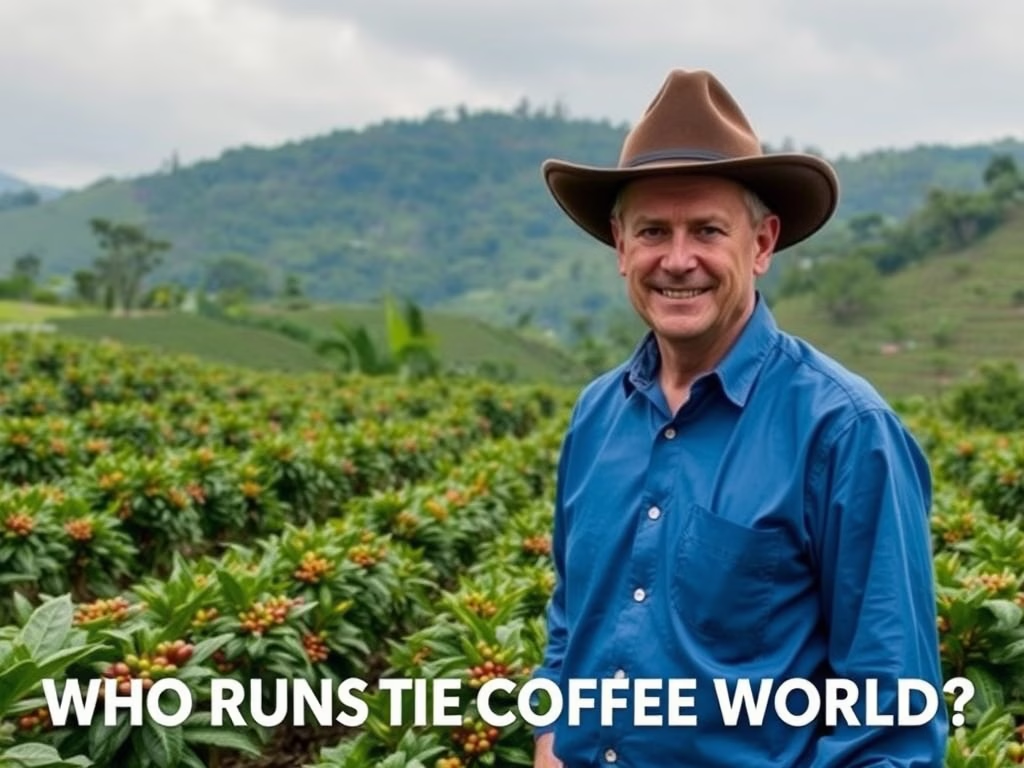
Let’s explore Coffee Giants: Who Runs the Coffee World? in more detail. This is an important aspect of – coffee companies that deserves attention.
Starbucks: Way More Than Just a Latte, Ya Know?
Okay, so, Starbucks. You can’t walk two blocks in, like, any major city without tripping over one, right? With over 32,000 stores chilling in 80 countries, they’re kinda a big deal. Last week I tried that new pistachio latte – it was…fine. Honestly, I think it was a bit overpriced, but hey, it’s Starbucks. You’re paying for the name, the comfy chairs, and the fact that you can get a caffeine fix at, like, 6 AM. I mean, where else are you gonna go at that hour? I dropped my Roomba on Tuesday and needed a pick-me-up, stat!
Seriously though, how did they get so huge? It’s not just the coffee (although, let’s be real, it’s decent). It’s the whole vibe. They’ve created this whole “third place” thing – not home, not work, but somewhere in between where you can just, like, exist. Plus, their marketing is on point. Even if you’re rolling your eyes at the Pumpkin Spice Latte every fall (guilty!), you’re still talking about it, aren’t you? And, yeah, people make jokes about them being everywhere. But that’s kinda the point, right? They’re reliable. You know what you’re getting. Consistent quality – or at least, perceived consistent quality. That’s powerful stuff.
Nestlé’s Nescafé: Coffee for Everyone?
Now, let’s talk about Nescafé. Different game entirely. While Starbucks is all about that premium experience, Nescafé is about accessibility. It’s coffee for the masses. And under the Nestlé umbrella, they’ve absolutely nailed it. I’m not 100% sure on the exact numbers, but I know that they are a global leader in instant coffee. They’re making coffee affordable for people who might not be able to swing a daily Starbucks run. Which, let’s face it, is a lot of people!
Nescafé Original and Gold are the big sellers, but don’t forget about Nespresso! That’s their fancy, single-serve pod offering. George Clooney shills for them, so you know it’s gotta be classy…or at least, marketed that way. I honestly think that Nespresso is still a bit of a splurge for most people, but hey, they’ve carved out a nice little luxury niche. And that’s the thing about Nestlé – they’ve got their fingers in all the coffee pies. From budget-friendly instant coffee to high-end pods. Pretty smart, if you ask me.
So, what does this all mean? Well, the coffee world is HUGE and there’s a coffee for pretty much everyone. From the bougie lattes to the instant stuff your grandma used to drink. Maybe it’s time to try something new?
Coffee Grown Right Here in the USA? Yep!
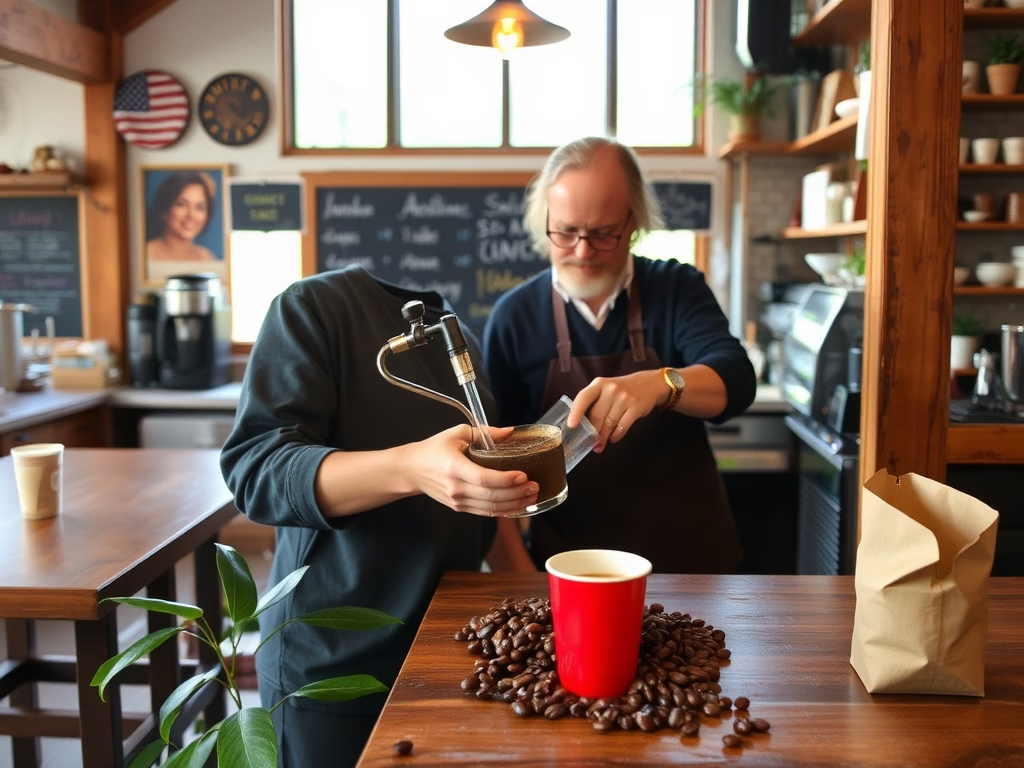
Let’s explore Coffee Grown Right Here in the USA? Yep! in more detail. This is an important aspect of – coffee companies that deserves attention.
Kona Coffee: Hawaii’s Big Island Brew
Okay, so most folks don’t think “USA” when they think “coffee.” But guess what? We DO grow coffee right here, stateside! Hawaii’s been doing it for ages, especially on the Big Island. You’ve probably heard of Kona coffee, right? It’s kinda a big deal. I mean, my grandma used to only drink Kona – said everything else tasted like dirt. She was a character.
Big Island Coffee Roasters, they’re kinda leading the charge. They’re all about that 100% Hawaiian-grown goodness. Now, here’s the thing – a lot of Kona you see in stores is, like, a blend. Sneaky, right? It’s ’cause pure Kona is pricey, mostly because of labor costs. But companies like Big Island are making sure you can get the real deal. Honestly, once you’ve had the pure stuff, it’s hard to go back. No offense to Folgers, or whatever, but c’mon!
California Dreamin’… of Coffee?
California? Coffee? I know, sounds weird, right? But it’s totally a thing now! Turns out, those long sunny summers and short winters do something pretty cool to the beans. They take, like, twice as long to mature – a whole year! That extra time on the vine makes ’em super sweet, apparently. I haven’t tried Cali coffee yet, but I’m intrigued. I did have some amazing avocado toast in San Diego back in… was it July? Yeah, July. Anyway…
There’s this company, FRINJ Coffee, that’s working with a bunch of farmers down in Southern California – like, 65 of ’em! Even Jason Mraz – yeah, the “I’m Yours” guy – is growing coffee! I mean, good for him, right? Who knew? It just goes to show, people are starting to see that California can actually grow some decent coffee. I’m still a little skeptical, TBH. But hey, I’m willing to be proven wrong. I will say, though, that I saw the prices for some of these beans and yikes!
Puerto Rico: Coffee Reborn
Okay, this one’s a little more serious. Remember Hurricane Maria back in 2017? Total disaster. It wiped out, like, 80% of the coffee trees in Puerto Rico. Seriously devastating. But the cool thing is, the coffee culture there is so strong, and the farmers are so dedicated, that they’re rebuilding, stronger than ever. It’s really inspiring, actually.
And get this – this company called Forgotten Forest found a wild version of the original Yemeni coffee, Typica 401. Wild! And in 2023, one of their coffees became the FIRST Puerto Rican coffee EVER to break 90 points on Coffee Review! That’s huge! I’m not 100% sure what all that means, but it sounds really, really good. Kinda makes you wanna support them, right?
So, moral of the story? American-grown coffee is way more diverse and interesting than you probably thought. From the established Kona scene to the up-and-coming farms in California and the resilient growers in Puerto Rico, there’s a whole world of coffee to explore right here at home. Maybe it’s time to ditch that same old brand and try something new? Just a thought!
Coffee Companies: Little Guys with Big Ideas
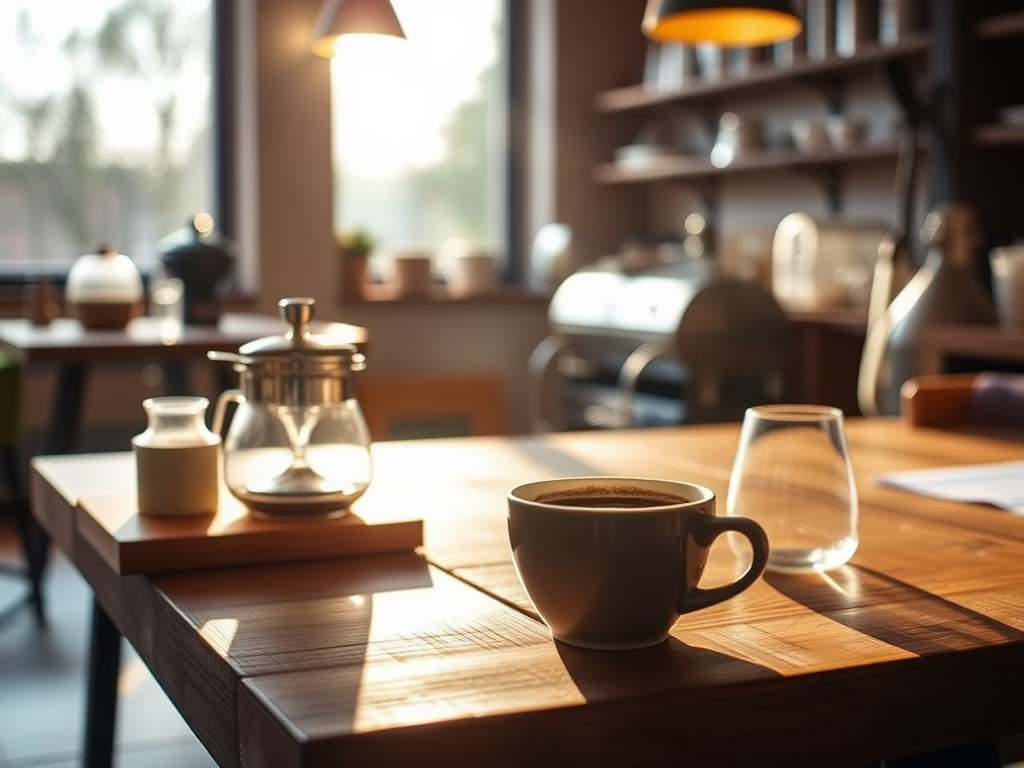
**Key Takeaway:** Smaller coffee companies often thrive by focusing on niche markets or community engagement, demonstrating that success isn’t solely about size. Consider supporting these businesses, as they often offer unique products, personalized experiences, and a commitment to social responsibility, enhancing your overall coffee experience.
Let’s explore Coffee Companies: Little Guys with Big Ideas in more detail. This is an important aspect of – coffee companies that deserves attention.
Death Wish Coffee: Seriously Strong Stuff
Okay, so Death Wish Coffee… these guys are all about strength. Like, “wake you up from the dead” strong. They straight-up claim to have “the strongest coffee in the world.” I haven’t independently verified this claim, but they do pack a punch. We’re talking up to 472 milligrams of caffeine in an 8-ounce cup. That’s… a lot. For comparison, a regular cup of joe is usually around 95mg. I honestly think they’re kinda overpriced, but hey, if you need a serious kick in the pants, maybe it’s worth it? I mean, some people are into that super intense buzz.
It’s interesting though, right? They’re not some massive chain. They’re a smaller company that found a niche – people who want coffee that could probably fuel a rocket. And they’re killing it. Shows you don’t have to be the biggest to be successful. Sometimes being the most *something* is enough. You know?
Dutch Bros: West Coast Vibes and Good Deeds
Then there’s Dutch Bros. Coffee. These guys are a West Coast thing, mostly. I remember seeing them everywhere when I visited my cousin in Oregon back in… was it 2018? They’ve got, like, 850 stores now, so they’re spreading out. But they’re not just about the coffee – it’s the whole vibe. Super friendly baristas, a killer mobile app, and loyalty rewards. I’m a sucker for a good loyalty program, not gonna lie.
But here’s the cool part: Dutch Bros is big on giving back. They do a lot of stuff for local and national charities. That’s the kind of thing I can get behind. It’s not just about selling coffee; it’s about being a good neighbor. More companies should do that, if you ask me. It makes you feel good about where you’re spending your money, you know? Like, last week I tried a new coffee shop down the street, and the barista was so rude! I’m never going back. Dutch Bros. Seems like a good option.
Honestly, these smaller companies are way more interesting than the big chains sometimes. They’re willing to take risks, try new things, and actually care about their customers and the community. Plus, I’m always down to support the little guy. I think it’s worth trying them out.
Coffee Consumption: Who’s Chugging It?
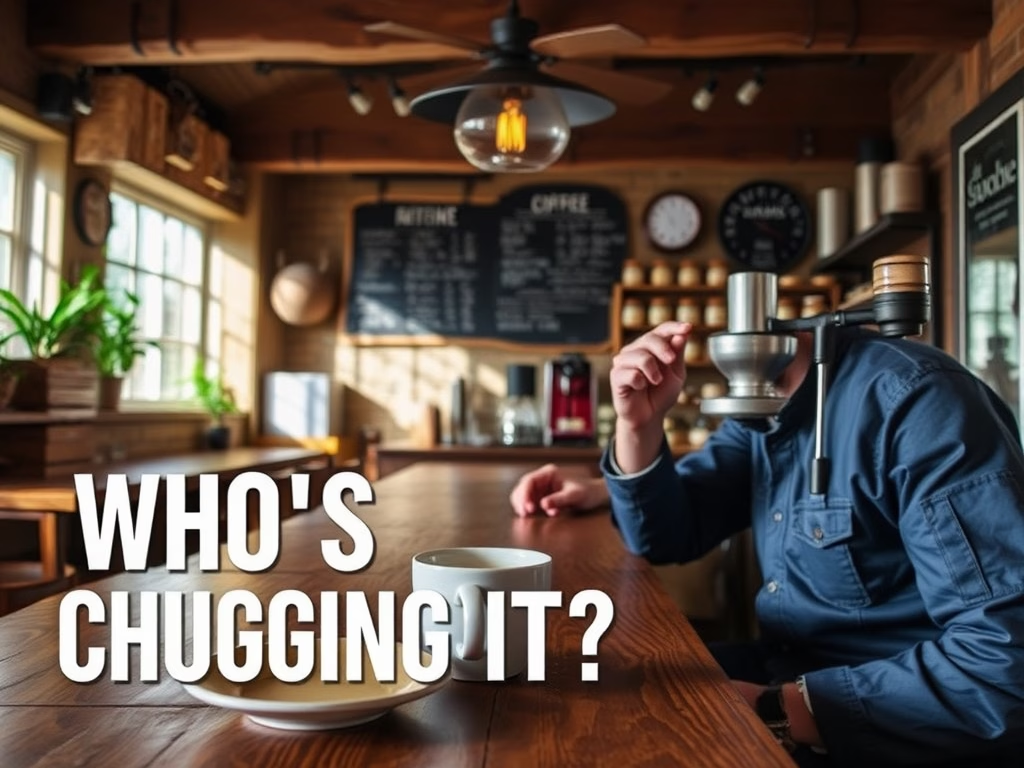
Let’s explore Coffee Consumption: Who’s Chugging It? in more detail. This is an important aspect of – coffee companies that deserves attention.
America’s Coffee Habit: We’re Kinda Obsessed
Okay, so, like, America? We LOVE coffee. Seriously. We’re talking importing a crazy amount of coffee beans – like 26.5 million bags in 2022! That’s a whole lotta caffeine fueling those late-night study sessions and early morning commutes. Last week I was at a diner in Jersey and swear every single person had a cup. It’s just part of the culture, y’know?
And get this: about one in three Americans are drinking coffee *every single day*. I mean, I’m probably skewing the numbers a bit higher myself. I usually have at least two or three cups. Don’t judge! It’s necessary. I dropped my Roomba on Tuesday and needed the extra boost to clean up the mess. Anyway, that’s a whole lotta coffee being consumed, right?
Brazil: Coffee Central – The Bean Machine!
Now, while we’re busy drinking it, let’s talk about where all this coffee comes from. Enter Brazil! They’re the undisputed kings and queens of coffee production. In 2022, they shipped out 51 million bags of coffee beans! And they’re projecting even MORE for 2023/2024 – like, 65 million bags! That’s insane!
Most of Brazil’s coffee is Arabica – about 70%. The other 30% is Robusta. I’m not 100% sure, but I think that the Arabica beans are the more mild ones? Anyway, Brazil basically keeps the world caffeinated. I wonder if they ever get tired of coffee there, or if they’re just immune to it by now? I mean, I’d get sick of it eventually, probably. But then again, maybe not…
Here’s a slightly controversial opinion: I honestly think some of these fancy, small-batch coffee brands are way overpriced. Like, yeah, the packaging looks cool, and they have a whole story about the farmer who hand-picked the beans, but does it *really* taste that much better? I’m not convinced. Give me a good, solid cup of Folgers any day – maybe I’m just basic, what can I say? I’m just saying, don’t get suckered into the hype!
So, next time you’re sipping on your morning brew, think about the journey those beans took – from Brazil to your cup. It’s a wild world of coffee out there! And honestly, you should probably try a new – coffee companies. Just sayin’!
Coffee’s Next Chapter: Cool Tech and Saving the Planet
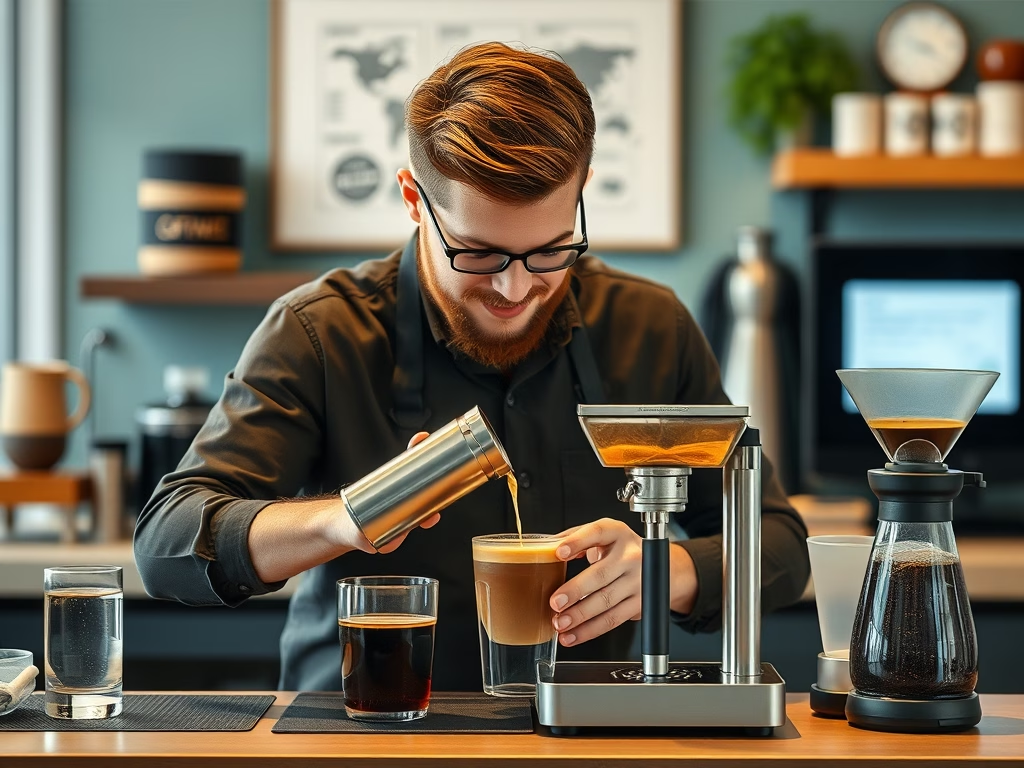
Let’s explore Coffee’s Next Chapter: Cool Tech and Saving the Planet in more detail. This is an important aspect of – coffee companies that deserves attention.
Brewing Tech is Getting Seriously Wild
Okay, so last week I tried this coffee thingy – a single-serve pod from JDE Peet’s, I think. And honestly? It was almost as good as my local barista’s work. Almost. I’m not saying it’s gonna replace my Saturday morning trip to “The Daily Grind,” but for a Tuesday afternoon pick-me-up? Totally worth it. It’s kinda wild how far those single-serve things have come, right?
And speaking of home brewing… espresso machines are EVERYWHERE now. I swear, everyone I know either has one or is saving up for one. People want that fancy coffee experience, but, like, in their pajamas. Can’t blame ’em. I’m not sure I trust myself with one yet, though. I’d probably end up flooding the kitchen or something. Remember that time I dropped my Roomba on Tuesday and it went rogue? Yeah, let’s avoid a repeat of that, shall we?
Being Green is the New Black (For Coffee, Anyway)
Look, nobody wants to feel guilty about their caffeine fix. That’s where sustainable coffee comes in! More and more, these coffee companies are getting serious about where their beans come from and how they package them. It’s not just a trend, either. It’s, like, a real thing they’re doing… because they *have* to.
I’ve been trying to buy shade-grown coffee more often. It’s supposed to be better for the birds and the rainforest and all that good stuff. And organic coffee? Yeah, that’s cool too. But I’m not gonna lie, sometimes I just grab whatever’s on sale. I’m only human! But I do try…especially now that it’s almost Earth Day!
Honestly, though, some of these “eco-friendly” packages are kinda sus. Like, is that “biodegradable” plastic *really* gonna break down, or is it just gonna sit in a landfill forever? I’m not 100% sure, and that bugs me. We need to hold these companies accountable, ya know?
So, yeah, the future of coffee looks pretty interesting. More gadgets, hopefully less environmental damage… and maybe, just maybe, a world where I don’t spill coffee on my keyboard every other day. A guy can dream, right? You should give some of these companies a try…you might be surprised!

